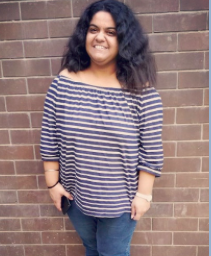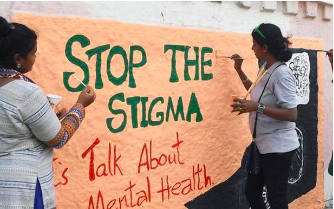On an average 10-20% adolescents throughout the world suffer from mental health problems.
More than half of these problems begin before the age of 15, yet such issues are left under-diagnosed and under-treated (Kessler et al, 2007; WHO, 2020). According to the National Mental Health Survey of India, among the youth mental health conditions account for 7.3% out of the population of 253 million adolescents (Muurthy, 2017). Depression occupies the major root of illness among the youth and suicide occupies the third place for leading cause of death in adolescents (WHO, 2020). When such issues are not addressed at the right age, they carry on to adulthood diminishing physical and mental health and hampering the possibility of leading accomplished lives as adults.
Some researches found that due to the shift in cultural trends, there has been a significant effect on the mood of the youth which in- turn affect the suicide- related results (Twenge, 2019; APA, 2019). This shift could be mainly due to the rise in use of electronic communication and digital media, which has managed to shift the mode of all social interactions enough to start causing mood disorders. Twenge (2019) also found the changes in the sleeping patterns of the younger generation.
As adolescents are busy using their gadgets till the wee hours of the night, their sleep patterns change drastically which cause serious mental health issues like insomnia. And as there has been a visible increase in mental health conditions after 2011, it can be guaranteed that this shift is not due to genetics or economic woes but solely due to a cultural change. There lies an intricate biopsychosocial structure of reasons functioning in lives of the youth like the home environment, peer pressure, self esteem and the society which correlate to the rise in mental health conditions (Sadock et al, 2017; Malhotra & Chakrabarti, 2015).
The effectiveness of CBT (COGNITIVE BEHAVIOURAL THERAPY) which is another form of cognitive therapy that uses behavioral intervention techniques in order to treat various disorders, for adult anxiety disorders has been proven by a meta-analysis conducted by Stewart & Chambless (2009). They found that the pretest-posttest effect sizes (which is the quantitative representation of treatment efficacy) for disorder-specific symptom measures were large. Indicating, patients treated with CBT in clinically representative studies displayed significant and substantial improvement from pretest when they completed treatment. The attached table indicates the studies used for the meta-analysis.
Rarely is there a single determining factor for a mental health condition, there are multiple factors which affect an individual’s mental health (Sagar & Krishnan, 2019). Some of the following reasons might also be the causes for decline in mental health of the youth: limited social support, breaking of joint families to nuclear ones, societal values, the escalating gap of aspirations and achievements and increased media exposure and substance abuse (Majumder et al, 2019; Patel et al, 2008, Sagar & Krishnan, 2019).
The interventions used to tackle mental health issues among the youth have been primary, targeted and clinical. Primary interventions are aimed to be offered to all children, adolescents and families. The targeted interventions are planned for at-risk families while clinical treatments are offered for some psychiatric disorders, example- pharmacological (Paton, 1996; 1998). In the present day, there arises the need to apply these interventions in every school, college and university. Hence a lot of stigma still needs to be fought and mental health workers need to create a lot more awareness for the possible reduction in mental health problems faced by the youth.
About the Author.
 Ms. Sadhika Bhardwaj, is a Child Psychologist, Counsellor, Graduate Member of MBPsS, Researcher specialized Child Psychologist. she has a lot of first hand experience in dealing with children, teenagers, adolescents and young adults. she is interned in the corporate sector, a university and a learning center while studying for my Bachelors. she has also worked as a Research Assistant, Teaching Assistant and a full-time volunteer while studying for my Masters in the UK. she is an avid researcher and have done some poster presentations, written and published articles and papers. she is also a graduate member of the British Psychological Society (BPS). She has been counseling and offering affordable therapy to people of all ages.
Ms. Sadhika Bhardwaj, is a Child Psychologist, Counsellor, Graduate Member of MBPsS, Researcher specialized Child Psychologist. she has a lot of first hand experience in dealing with children, teenagers, adolescents and young adults. she is interned in the corporate sector, a university and a learning center while studying for my Bachelors. she has also worked as a Research Assistant, Teaching Assistant and a full-time volunteer while studying for my Masters in the UK. she is an avid researcher and have done some poster presentations, written and published articles and papers. she is also a graduate member of the British Psychological Society (BPS). She has been counseling and offering affordable therapy to people of all ages.

